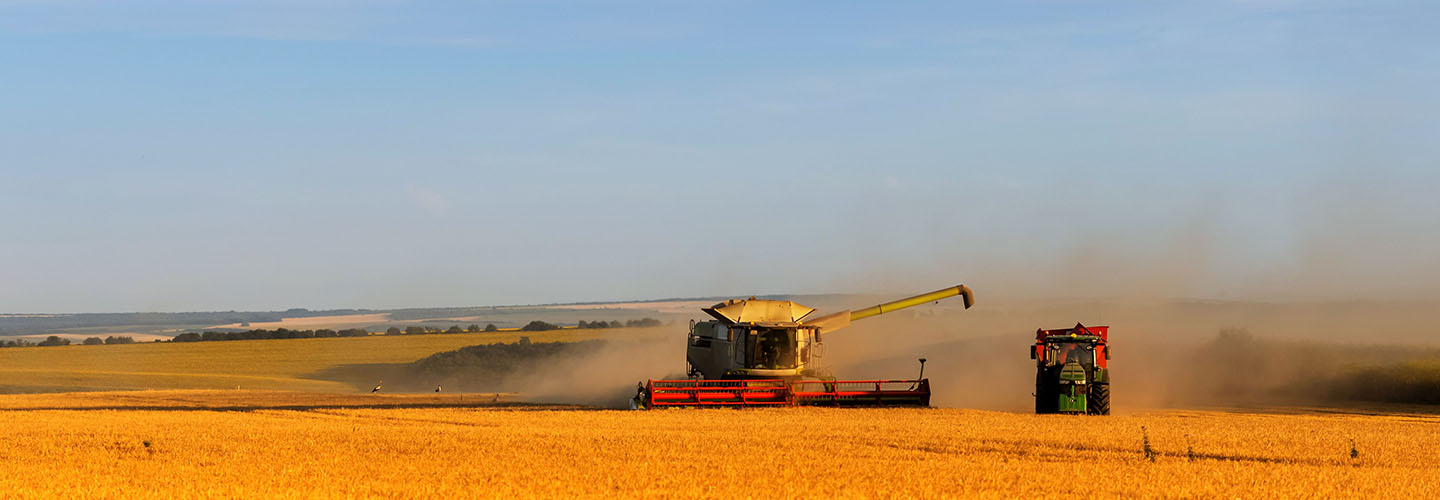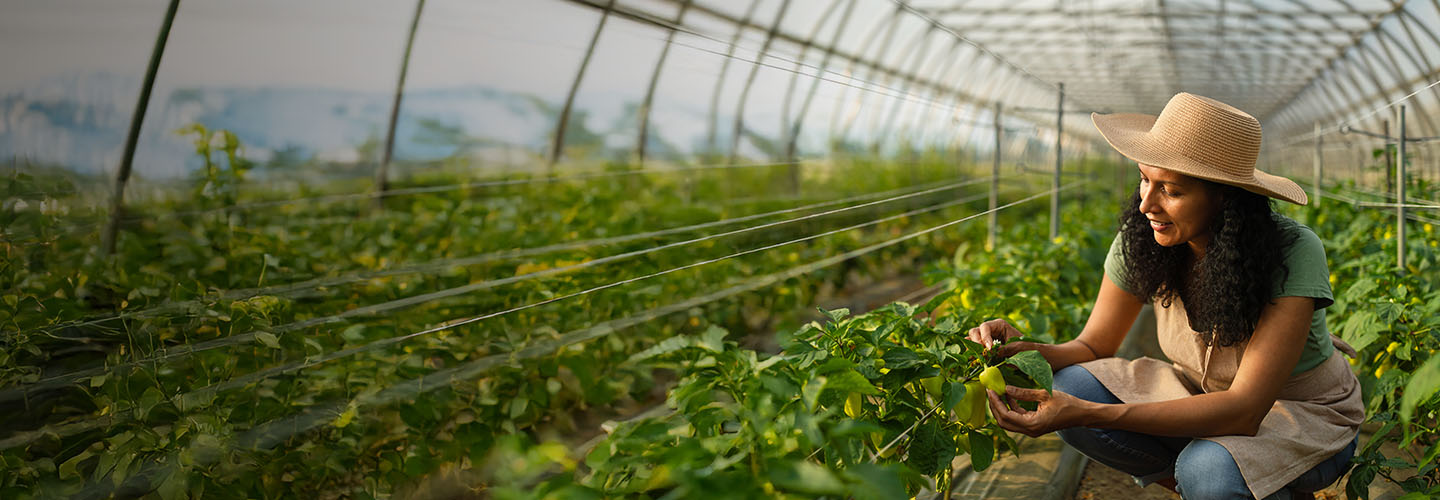Contributing R2 billion and about 30,000 jobs to the economy, raisin production in South Africa is a small but developing industry. The world’s fifth-largest producer after Turkey, South Africa currently produces 6% of the world’s raisins. Production has, however, almost doubled since the 2006/07 season, with particularly strong growth over the past 5 years. Are raisins another success story for South African agriculture?
There are about 1,100 raisin producers and 7 major raisin processors and packers in South Africa. Production concentrated along the Orange River in Northern Cape accounts for at least 90% of the total annual production, while the Olifants River region in Western Cape accounts for the remaining 10%.
Northern Cape is prolific because of the year-round availability of irrigation water from the Orange River and its relatively stable hot, dry climate, making it ideal for growing and sun-drying grapes. Sun-drying is the most common method used in South Africa because it is quick and more cost-effective.
Production forging ahead but processing and logistics need upgrading
Raisins South Africa’s revised forecast for the 2021/22 season is 65,000 tons of marketable product, but annual yields are expected to increase to 100,000 tons by 2025, due to new plantings and the replacement of vineyards that started in 2014.
In the same year, the Northern Cape provincial government launched a 200-hectare development in partnership with Raisins SA to support the growth of small-sector farmers in Eksteenskuil on the Orange River. Since the launch, production has increased from 800 tons to more than 2,000 tons a year, and growers’ annual earnings have increased from R15 million to R45 million.
Almost 90% of South Africa’s raisins are exported
However, the major processors and packers currently have an annual capacity of between 90,000 and 100,000 tons. Investment in increasing processing capacity and efficiencies is becoming critical for the South African raisin sector. Given the continued growth in production and the fact that some processors are already approaching full capacity, the sector urgently needs an expansion of its existing processing facilities or development of new facilities.
In addition, there is increasing concern about the substantial impact that South Africa’s failing logistics infrastructure could have on all exports. In the World Bank and IHS Markit's Comparative Assessment of Container Port Performance, South Africa's ports in Cape Town, Gqeberha, Durban and Coega were all rated among the bottom half of 351 best ports in various countries. South Africa’s ports operate at around 30% of international norms, which means that all of them are processing a third of what they could in a day, in terms of loading and offloading containers.
Our export markets are growing, despite continuing global supply chain challenges
Almost 90% of South Africa’s raisins are exported. Europe, the USA, Canada, the UK and Africa are our major markets. Germany is the largest export market for South African raisins, because our sun-dried raisins contain less residue and therefore comply with their strict standards on maximum residue limits.
The trend towards healthier snacking has seen exports to the UK increase 25% over the past 2 seasons, and while exports to the USA and Canada are slightly down, South African raisin exports enjoy duty-free access to the US under the African Growth and Opportunity Act, which make them competitively priced. Another plus for South African producers is that they are becoming SA GAP-accredited, an offshoot of the GlobalGAP certification, which requires high product quality, traceability, chemical controls and consistency of supply, and puts the country in good standing in international markets.
Our industry could expand to one of the top 3 in the world
South African producer prices for raisins are sensitive to supply and demand factors and the foreign exchange rate. Production is contracted mainly to processors, and both parties agree on price and supply contracts in advance of each season. With this arrangement in place, stock is considered sold at the end of each season, which means there is minimal or no closing stock by the end of each marketing year – which is a good position for the producers to be in.
However, when global trade is affected, as it has been in recent years, it implies that the country may carry over stock into the next marketing year, which was the case last year. The Covid pandemic presented several challenges to global trade, including a shortage of labour, shipping delays and shortages in the delivery of food-grade shipping containers. Unfortunately, these issues look set to continue with the Russia-Ukraine crisis.
Will the invasion of Ukraine impact the South African raisin industry?
Russia imports approximately 20,000 tons of raisins annually, or 1.6% of total global production, so the direct trade threat is expected to be limited, particularly as Russia represents less than 0.2% of South Africa’s total raisin exports. However, the indirect impact is likely to be more substantial through rising costs of inputs such as fuel and fertilizer.
Market uncertainty may also see the strengthening of the US dollar, which would provide a benefit over the short term, as raisins are traded in that currency. However, this would be offset against higher inflationary pressure over the medium term, as many inputs are imported.
Weighing up the naturally favourable environment that South Africa offers this crop, and the fact that rising input costs and global supply chain disruptions are likely to be temporary, we believe that our raisin industry has the potential to grow considerably. We are currently the largest raisin producer in the southern hemisphere, but our industry could expand to one of the top 3 in the world.
However, to make this ambition a reality it is vital to address areas that need improvement and engage with key logistics and infrastructure role-players and government to find solutions. As always, Nedbank supports the entire agricultural chain throughout this process and assists wherever possible, particularly in terms of financing the capacity growth needed to boost the sector.
Learn more about Nedbank asset financing in agriculture.








